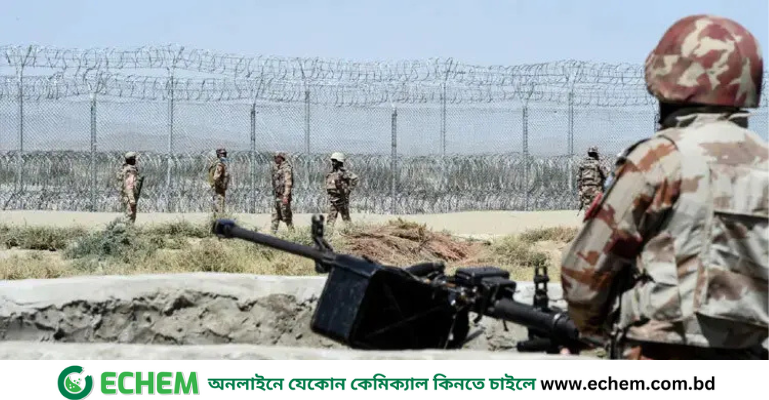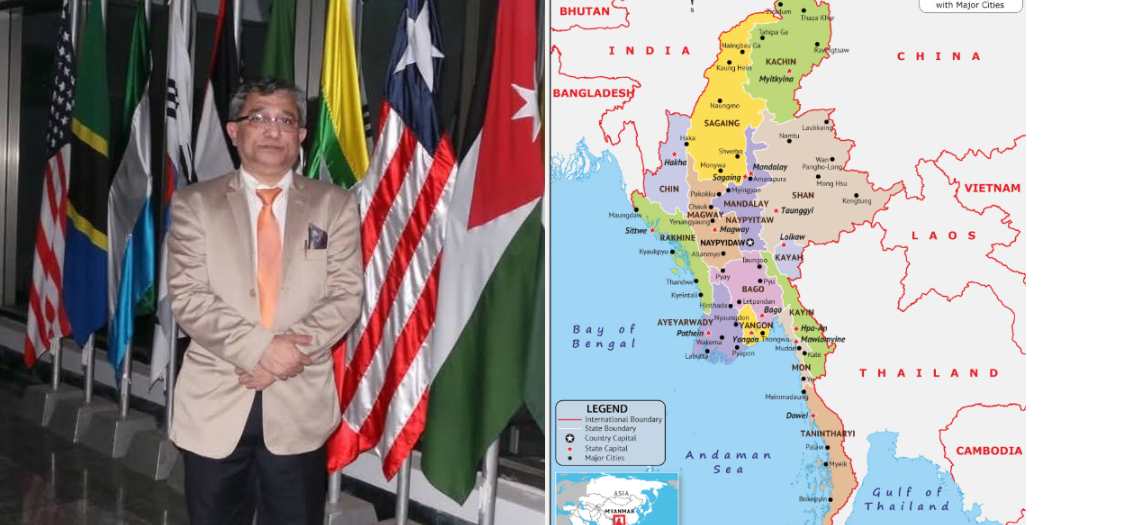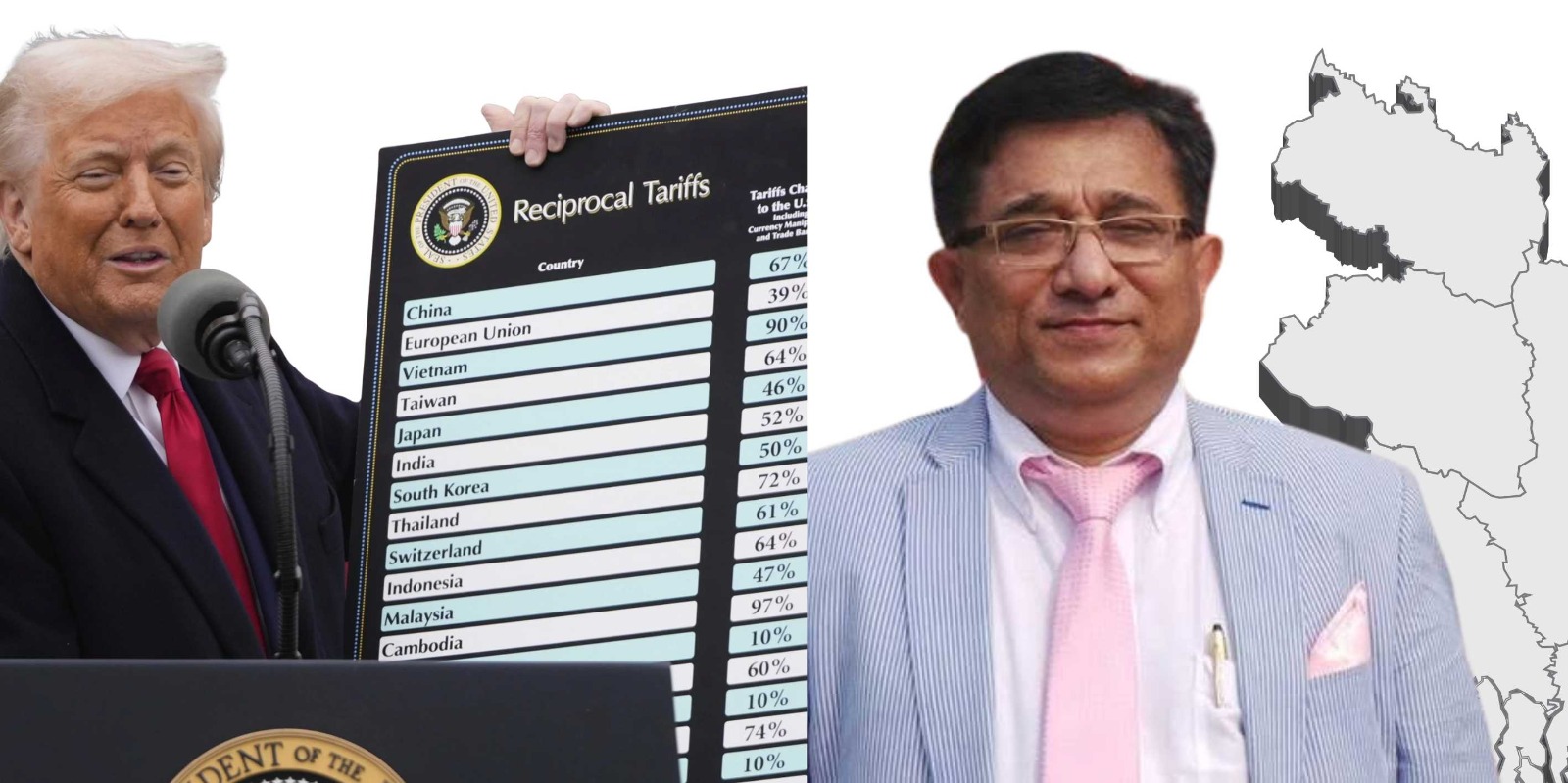Prof. Syed Ahsanul Alam Parvez:
The conflict zone in South Asia is evolving into a high-stakes power contest. The U.S. pushes Indo-Pacific dominance; China expands via BRI and CPEC; Russia hedges with India while courting China and Pakistan; India asserts regional leadership through strategic alliances. From economic corridors to border flashpoints, the region is a proxy battleground where influence, not just force, defines control. A new Great Game is underway.
1.
The conflict zone in South Asia is shifting from localized tensions to a global battleground of influence. A new Great Game is unfolding—fueled by a strategic rivalry between the U.S., China, Russia, and India.
2.
🇺🇸 USA is reinforcing its Indo-Pacific strategy, deepening ties with India, arming Taiwan, and supporting QUAD. Its goal: to contain China and maintain maritime dominance.
3.
🇨🇳 China counters with the Belt and Road Initiative (BRI), strongholds in Pakistan (CPEC), and influence in Sri Lanka, the Maldives, and Nepal. It’s building economic vassals with strategic ports and debt diplomacy.
4.
🇷🇺 Russia plays a balancing act—militarily tied to India, diplomatically aligned with China, and increasingly courting Pakistan. It’s reinventing relevance in a region drifting westward.
5.
🇮🇳 India, once a passive player, is now asserting regional primacy—countering China at borders, investing in neighbors, and building alliances through QUAD & I2U2. It seeks to be a pole in a multipolar Asia.
6/
Hotspots like Kashmir, Taiwan, the South China Sea, and the Indo-Nepal border are now proxy theaters. Infrastructure, ideology, and influence—not just armies—define the front lines.
Writer: Prof. Syed Ahsanul Alam
Gro-political Economist and Chairman, NBER











